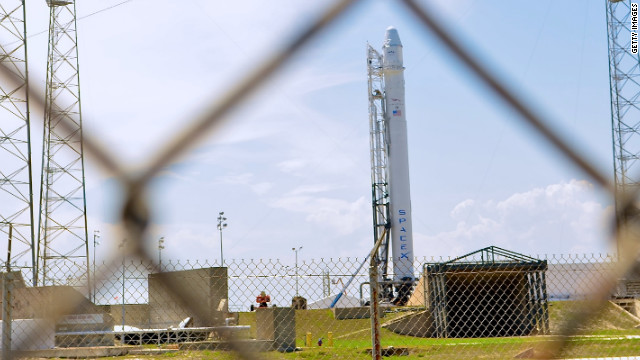For those who were crazy enough to stay up last night for the launch of the SpaceX Falcon 9 and Dragon space capsule, only to have the launch aborted at (literally) the last second, it's reasonable to be a bit disappointed.
But really, this launch scrub is actually an excellent thing. The monitoring computers caught a potential problem and shut down the launch instantaneously. If commercial space travel is going to succeed, this sort of automatic failsafe is absolutely critical. Because the NASA track record of two catastrophic failures out of five operational vehicles is simply not going to work for regular commercial flights with paying passengers.
Let's look at the numbers here. The entire Space Shuttle program from 1981 to 2011 had a total of 135 flights spread between five vehicles, two of which (Challenger, STS-51-L and Columbia, STS-107) ended catastrophically. In other words, 0ne and a half percent of all Space Shuttle missions were lost.
In 2010 the International Civil Aviation Organisation(ICAO) reported a little over 30 million scheduled commercial airline flights worldwide. If commercial airlines had the same failure rate as the Space Shuttle, that would mean 450,000 airline disasters per year, or 1,233 airline disasters per day, or 51 airline disasters per hour. Or put another way, every minute and ten seconds would see another commercial airliner crashing with 100% fatalities.
Put yet another way, assuming an average payload of 130 passengers plus crew per flight (about average for a Boeing 737), that amounts to nearly 60,000,000 fatalities per year as the direct result of commercial airline disasters. Which is just a little less than 1% of the entire population of the planet. So out of every hundred people on the planet, one would die every year in an airline disaster. Probably if this were the case, nobody would ever fly.
The actual number, incidentally, is more like 1,000 fatalities per year, including all non-military fixed-wing aircraft carrying more than six people. As opposed to 24,000 fatalities per year due to lightning strikes. Really, you are 24 times more likely to die from a lightning strike than you are in an airline crash. Those odds are pretty good,
For commercial space travel to ever become popular and commonplace, a safety record much more like that of commercial air travel will need to be established. It seems that SpaceX is making very significant progress in this direction, many kudos to them for this.
Don't worry, Mr. Musk. We'll stay up late again on Tuesday.

No comments:
Post a Comment